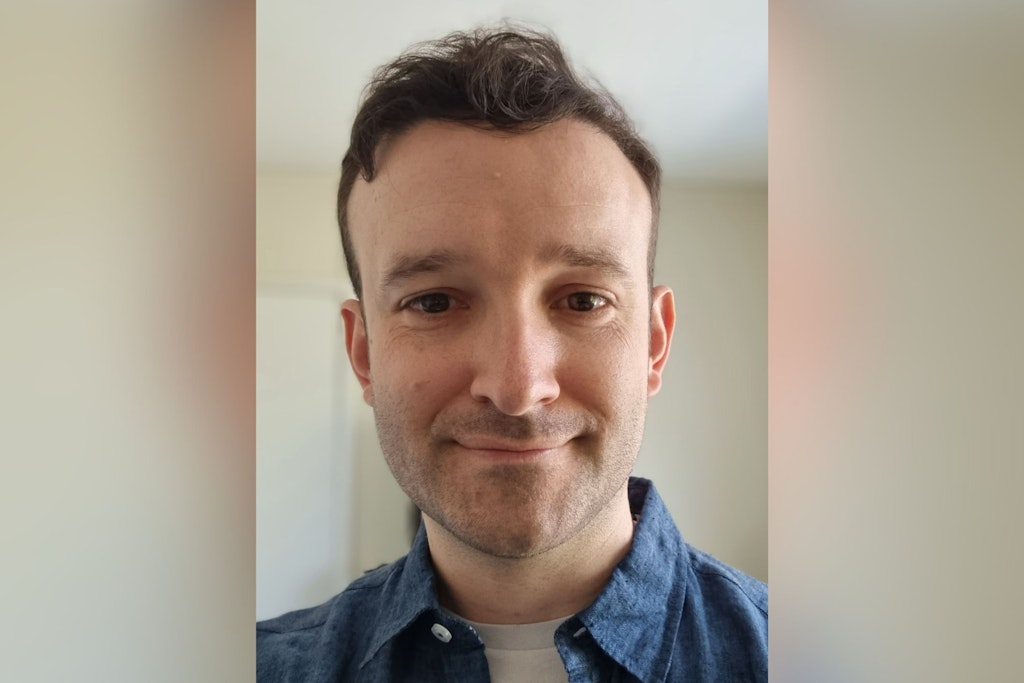“Try harder” isn’t the solution to attracting more nurses into aged care
Published on 3 May 2024 (Last updated on 10 May 2024)

Earlier this year, the Department of Health and Aged Care outlined Australia’s nursing problem: aged is facing a gap of 5,918 nurses by 2024-25. Those figures don’t even account for the wider healthcare sector.
It’s a troubling time for aged care as Registered Nurse care minute requirements will ramp up to a sector-wide average of 44 minutes in October. Many organisations have been recruiting for months, if not years, to bring in much-needed RNs and nurses.
Tim Hicks, Executive General Manager at Bolton Clarke, recently shared a Seek analysis that revealed RNs are the occupation with the biggest gap between advertisements and applications. Currently, there are 9,400 RN vacancies (based on advertised positions), more than double the amount pre-COVID-19.
Mr Hicks told hello leaders that this shortage is a structural issue impacting healthcare as a whole and requires an in-depth solution.
“Ken Griffin, CEO of the Australian Primary Health Care Nurses Association has put it quite well and said this isn’t a problem we can recruit our way out of. It’s something that needs a policy response,” Mr Hicks said.
“While individual employers can do a lot to improve attraction and retention, and that’s something that we are all trying to do already, there’s no magic bullet and saying ‘try harder‘ isn’t a policy solution.”
Those figures from Seek may not be entirely reflective of the truth as Mr Hicks said there are often advertised jobs for multiple positions, or someone is still in the role while it’s advertised. Regardless, he said there’s a clear gap between what the sector needs and is receiving applications for.
While several tried and tested methods have successfully brought nurses into the sector, including international recruitment, he argued that this problem cannot be viewed in isolation from healthcare settings.
“We all work for one part of the sector or the other and we tend to focus on the issues we’re facing in our particular segment,” Mr Hicks added.
“It’s not just about attracting people to aged care, if we bring more nurses into Australia and we increase the overall size of the RN workforce then we’ll help aged care as an individual sector. If we focus on just recruiting people out of health, then health will turn and put more effort into recruiting people out of aged care and we’ll end up in the same position.”

Broader trends will also leave nurse attraction retention as a key priority for years to come. Australia’s ageing population requires more healthcare support across all sectors and Registered Nurses and Enrolled Nurses will be at the forefront.
So what is the solution? Mr Hicks viewed the ‘supply’ section of the funnel as a major concern for Australia. No matter how much funding is provided to recruit RNs, equal – if not more – investment is needed to increase the talent pool.
“That’s a lot trickier [to do] because you’re dealing with structural issues that often can’t be changed by Government deciding to change policy. You have to identify what the bottlenecks are and then figure out at a practical level how to solve them,” he said.
“Some things are simpler to do than others. On the migration front, it’s quite expensive and challenging to recruit an overseas nurse. We have a migration system designed to make you recruit domestically and only recruit from overseas as an absolute last resort.”
“We could do that better. We could remove fees for people who are recruiting nurses from overseas.”
International recruitment is just one piece of the puzzle, however. It’s not viewed as a long-term solution by many within aged care, including Mr Hicks. And while he values the impact of international aged care workers, he would like the training pipeline increased.
According to data from the 2022 Higher Education Statistics Report that compared 2022 nursing degree completions to 2016, a handful of Australian universities saw their numbers decrease. Some, including Monash University and Curtin University, only achieved 6% growth, while the likes of Charles Darwin University more than doubled their degree completions.
“To illustrate the impact of this variation, if all nursing schools increased completions as quickly from 2016 to 2022 as the ten fastest growing schools, we would have over 7,000 extra nursing graduates each year,” he said.
“We need to look into that more and what we can do at a policy level in particular to expand that pipeline. It’s about giving more people the opportunity to study what they want.”
It’s not all negative, though, as last year’s aged care pay rise has made a marked difference in nurse retention. According to the latest National Aged Care Quality Indicators, attrition rates improved by .6% in the final quarter of 2023.
Attracting nurses back into healthcare, including those who departed the profession during COVID-19, is another avenue Mr Hicks suggested that would improve nursing numbers overall.